Increasing Consumer Awareness
The Homeopathy Product Market is experiencing a notable increase in consumer awareness regarding alternative medicine. As individuals seek holistic approaches to health, they are becoming more informed about the benefits of homeopathic remedies. This trend is supported by various educational campaigns and the proliferation of information through digital platforms. Consequently, the demand for homeopathic products is likely to rise, as consumers actively seek out these alternatives for conditions ranging from allergies to chronic ailments. The market data indicates that the homeopathy sector has seen a steady growth rate of approximately 15% annually, reflecting this heightened awareness and interest in natural health solutions.
Regulatory Support for Homeopathy
Regulatory frameworks are evolving to support the Homeopathy Product Market, which may enhance consumer confidence and product availability. Governments in various regions are increasingly recognizing the importance of homeopathy and are implementing guidelines to ensure the safety and efficacy of these products. This regulatory support could lead to a more structured market environment, encouraging manufacturers to innovate and expand their offerings. As a result, the market may witness a surge in new product launches, catering to diverse consumer needs. The presence of regulatory bodies that oversee homeopathic practices is likely to bolster the industry's credibility, potentially attracting a broader customer base.
Rising Demand for Natural Remedies
The Homeopathy Product Market is benefiting from a rising demand for natural remedies, as consumers become more health-conscious and wary of synthetic pharmaceuticals. This shift in consumer preference is driven by a desire for safer, non-invasive treatment options that align with a holistic lifestyle. Market data suggests that the natural health products sector, which includes homeopathy, is projected to grow significantly, with estimates indicating a compound annual growth rate of around 10% over the next five years. This trend reflects a broader societal movement towards sustainability and wellness, positioning homeopathy as a viable alternative for those seeking effective yet gentle treatment options.
Integration of Homeopathy in Healthcare Systems
The integration of homeopathy into conventional healthcare systems is emerging as a pivotal driver for the Homeopathy Product Market. As healthcare providers increasingly recognize the value of complementary therapies, homeopathy is being incorporated into treatment protocols for various conditions. This integration not only enhances patient care but also legitimizes homeopathic practices within the medical community. The potential for collaboration between homeopathic practitioners and conventional healthcare providers may lead to a more comprehensive approach to health management. This trend could result in increased accessibility to homeopathic products, as they become part of mainstream healthcare offerings, thereby expanding the market reach.
Technological Advancements in Product Development
Technological advancements are playing a crucial role in the evolution of the Homeopathy Product Market. Innovations in manufacturing processes and quality control are enabling the production of more effective and reliable homeopathic remedies. Additionally, the use of digital platforms for marketing and distribution is transforming how these products reach consumers. E-commerce has become a vital channel for homeopathic products, allowing for greater accessibility and convenience. Market analysis indicates that companies leveraging technology to enhance product development and consumer engagement are likely to gain a competitive edge. This trend suggests a promising future for the homeopathy sector, as it adapts to the changing landscape of consumer behavior and preferences.


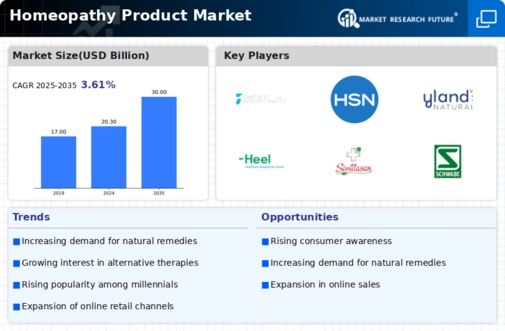
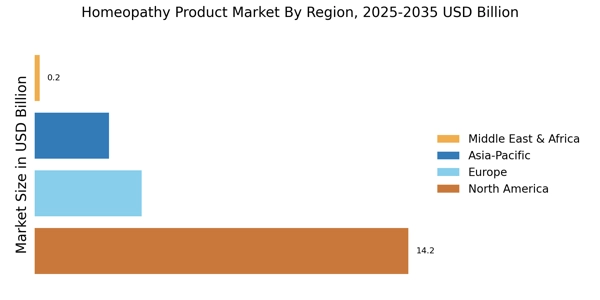
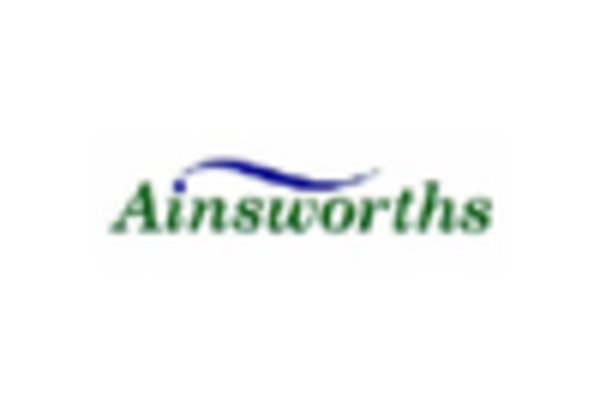
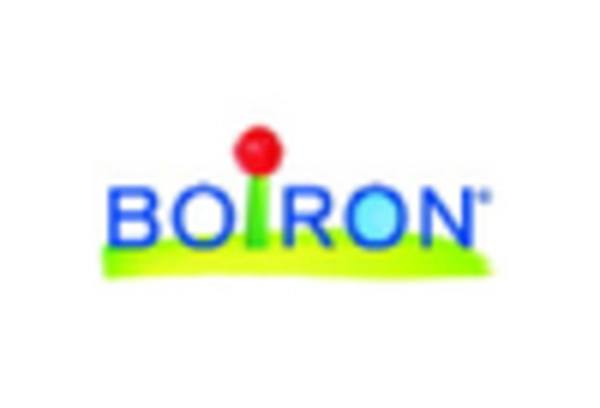
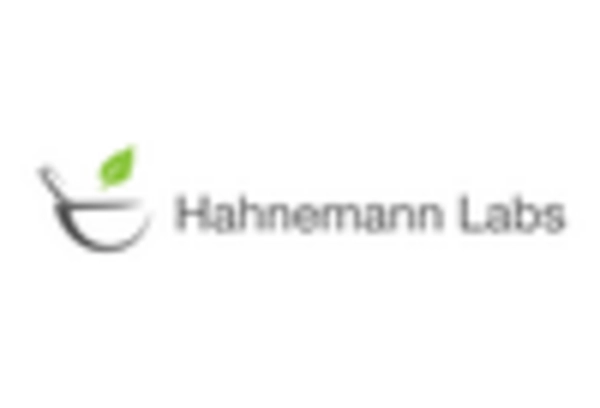
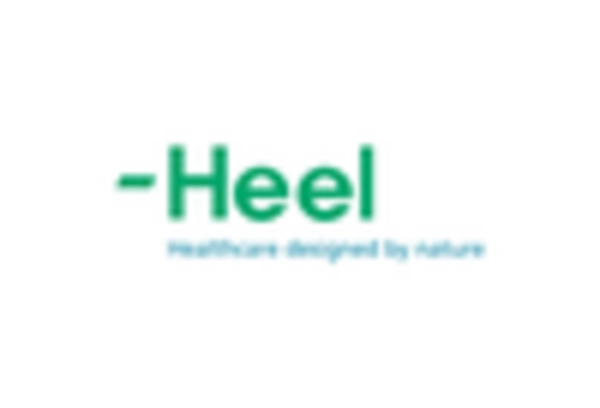
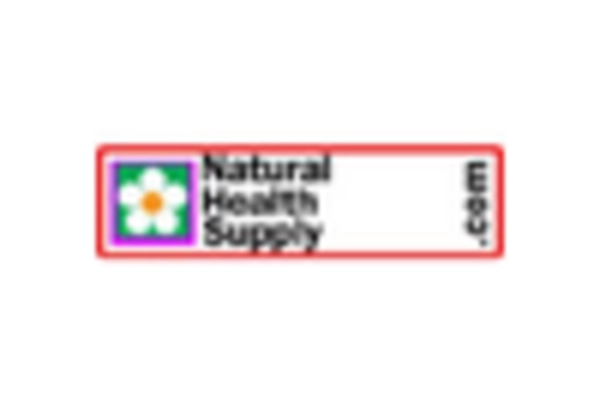
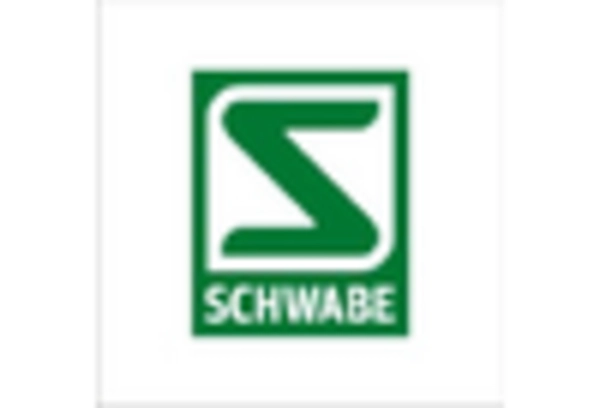








Leave a Comment